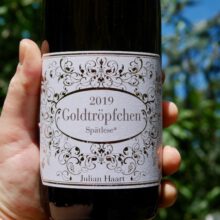
Product information
Julian Haart Piesporter Goldtropfchen Spatlese* Riesling 2019
$145
Description
Cracked one of these Aug 2023. Wow! The note on the 2017 stated ‘Haart perceives this as an instance where his Spätlese represents an extension and intensification of the corresponding Kabinett.’ The same applies to the 2019. As with most of Julian’s wines it sits at the drier end of the Pradikat spectrum for it’s classification. The fact that he can pick at this relatively early point and produce a wine of this delicacy and intensity is a testament to the site and the attention to detail that must be happening in the vineyard.
With all of the high & low notes that separate good from very good to great it’s settling into a happy place. Julian’s wines always seem quite complete on release. A couple of years of the expression and generosity has built. Intoxicating perfume, layered and seamless. This is truly impressive gear.
There’s not much on this from the reviewers at the moment.
“Grapefruit and Meyer lemon are laced with green tea, quarry dust and cress on a prominently pungent nose. The palate introduces succulent richness and generous juiciness of Persian melon to complement the tangy citrus and pungently herbal elements. At just 7% alcohol, it’s unsurprising that this comes off as extremely delicate, yet it also boasts subtly creamy textural allure. Incisive nips of cress, green tea and piquant citrus seed add to the invigoration of a mouth-shakingly exuberant as well as almost endlessly juicy finish transparent to underlying stone. Like its Ohligsberg counterpart, this was picked at 85 Oechsle, a must weight significantly lower than that which nowadays informs most top Mosel growers’ Kabinetts. Haart perceives this as an instance where his Spätlese represents an extension and intensification of the corresponding Kabinett.” David Schildknect 95 points
Out of stock
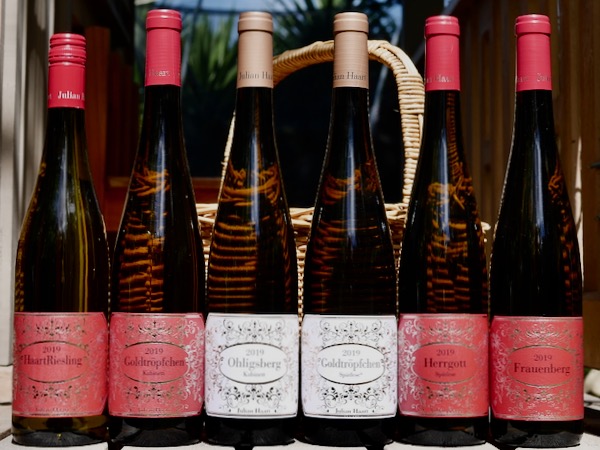
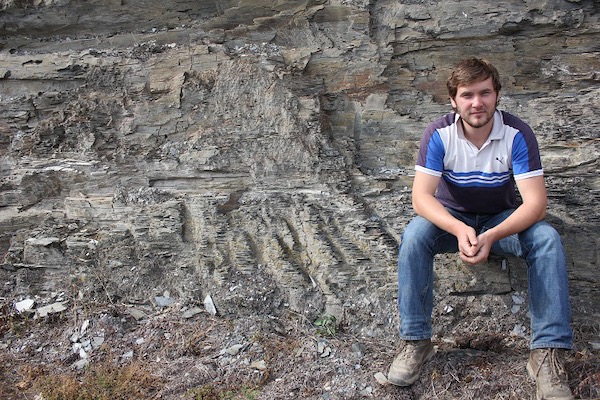
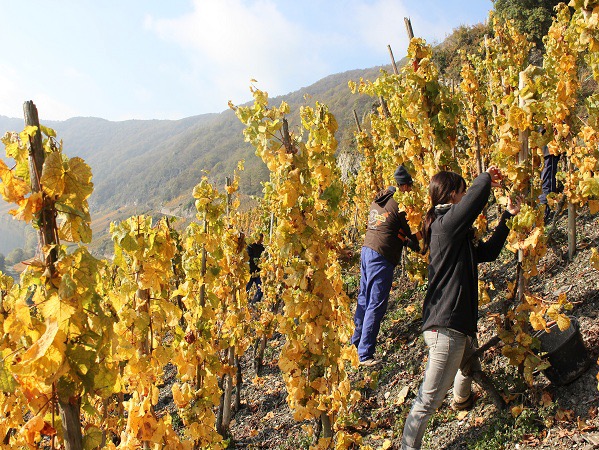



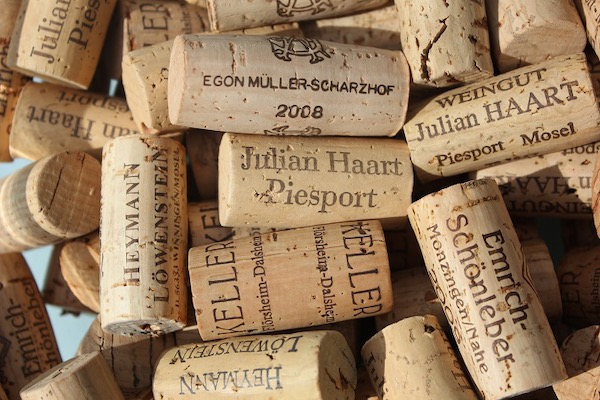
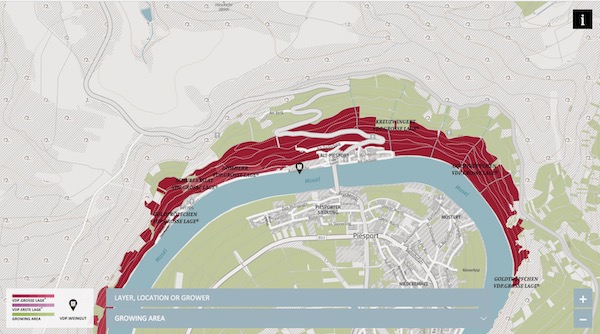
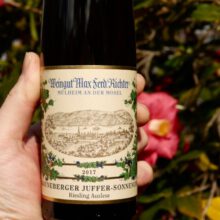
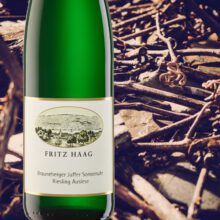

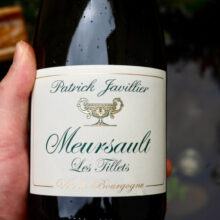
You must be logged in to post a comment.